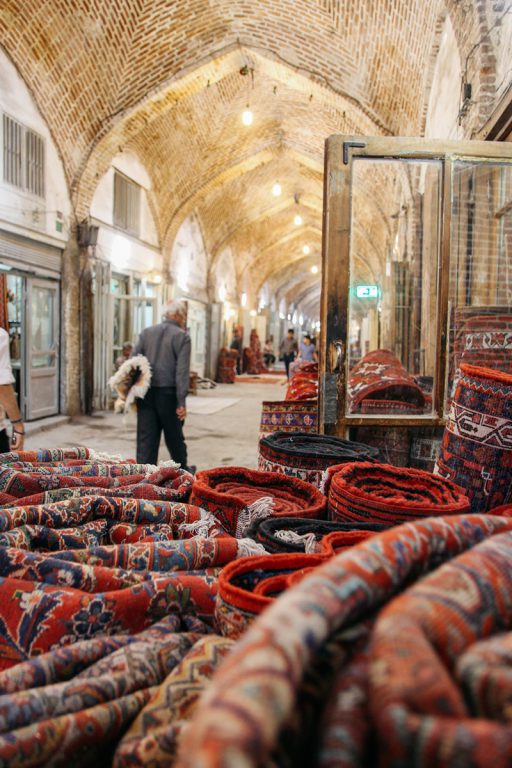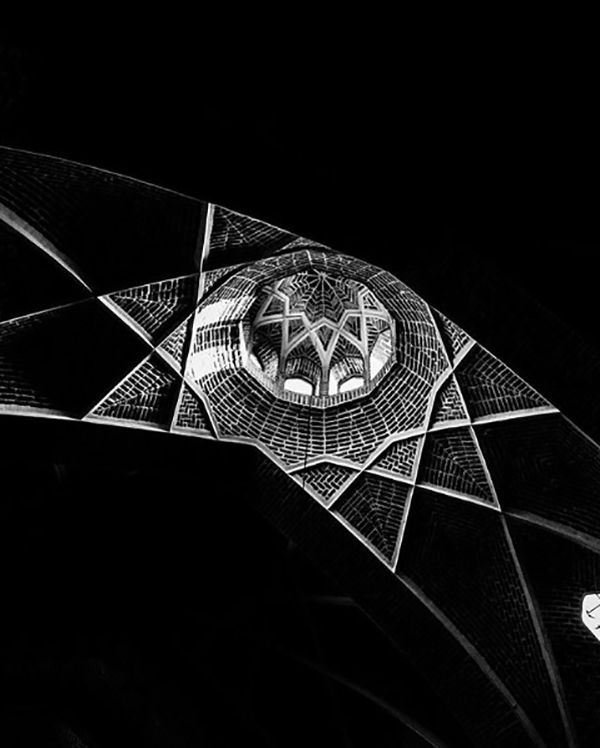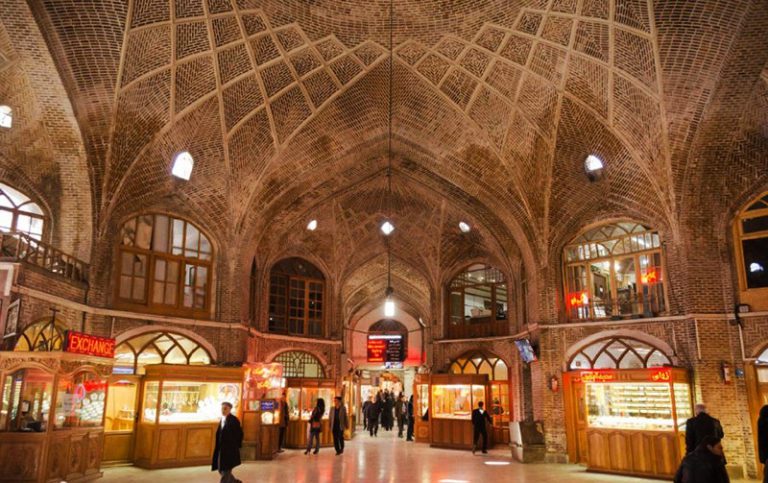Bazaar have been one of main places of cultural interaction since ancient and it had has a greater role than trade. Bazaar, in its original concept in Iranian culture, consisted of commercial, religious, cultural, health, and educational subsets, which were the heart of the city. Tabriz historic bazaar complex is one of the most important commercial centers on the Silk Road. Tabriz Historic Bazaar Complex is the largest and most interconnected, covered, brick building in the world, with an area of about one square kilometer. It was a central trade heart of large part of Asia and the Middle East. This amazing complex consist of malls and corridors which called the maker or the name of the founder. The process of the formation of the Tabriz bazaar has begun from the 3rd century AH around central Mosque and government collection. In the 13th century Tabriz was capital city of Safavi epoch, Tabriz grand bazaar spent most Brilliant period of that. Transferring capital city from Tabriz and changing the political rule of city don’t impact on trading and social rule of Tabriz. Nowadays, one of the most complete examples of traditional Iranian commercial and cultural system can be found in Tabriz grand bazaar.
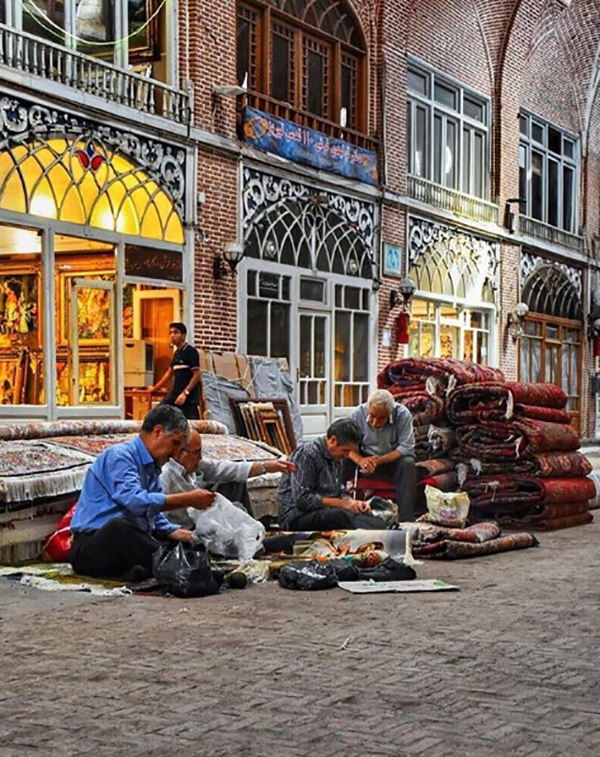
Tabriz city has been exposed to large earthquakes that have been rebuilt after any destruction. The Tabriz grand bazaar was rebuilt after the great earthquake devastation of 1193 AD by the ruler of the Tabriz Najmahghali khan. Tabriz bazaar based on its architectural features and its continuous role in history, has been registered on the national Iranian heritage in 1974 and on the UNESCO world heritage list in 2010.
Many Tourists and researchers such as Moghadasi, yaguti, Marco polo, Ibn Battuta, Hamdallah Mustawfi, Kalanchoe, John Cartwright and Jean Chardin throughout history visited Tabriz and mentioned that in their travelogue and reports. The first map of Tabriz grand bazaar has been drawn in part of Dar al-Saltaneh’s map by Asad-allah khan Maragheie. Due to this map center of Tabriz is located in quadrilateral and bazaar is located in the center of that. This bazaar is bounded eastwards to Ali-gapo (the complex of prince) and westward to the mosque, and from the north it included part of Mehranrod which connected with other side by wooden bridge. The name of important parts of bazaar mentioned on that map. The most of markets of Tabriz bazaar have three floors, the underground use as store, the second floor of the shop and the workplace and the third grade is designed for rest and comfort.
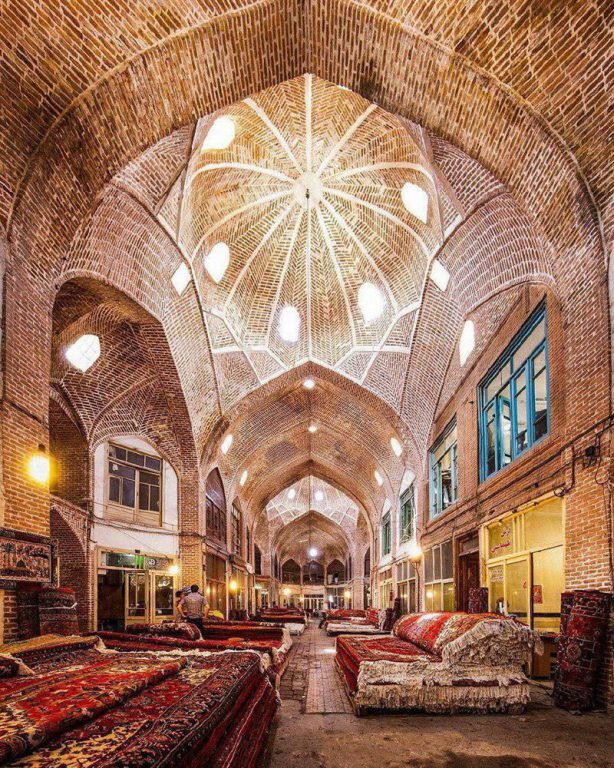
Tabriz historic bazaar complex includes 6500 chambers, 24 Caravans, 20Tymcheh(the place to trade), 5 Rasteh bazaar(The right and long markets are on both sides of the shop),2 Foursquare, 19 Corridor,31 Bazaar,1Square, 7 Markets, 8 Gates, 29 Mosques, 3 Tombstones, 4 Schools, 1 zorkhaneh(Ancient sports venue(, 2 Library, 2 Bridges market, 2 Overpasses, 5 Museums, 1 House, 6 Bathrooms and 1 Fridge. Over the centuries, this market has become an economic, social, political and religious complex, in which specialized architectural structures, activities, professions and people of different cultures are gathered together in an environment. The cultural role of the Tabriz bazaar in the period of Muharram and the great gathering of marketers and mourning people are the most prominent cultural and cultural profile of this cultural and commercial complex. The durable role of the Tabriz market can be found in the design of its fabrics and in its diverse architecture.
Trading:
From the second half of the thirteenth century, English traders traveled to the Tabriz market through the Silk Road and after crossing the cities of Istanbul and Tarbesan. This market was converted into the British business center during the reign of Abbas Mirza.
After the thirteenth century, Tabriz was the main center of European trade with the northern part of Iran. The city was cover 25 to 33 percent of the country’s total trade relations in 1256, Tabriz was superior of the cities of Iran. Also, by the year 1285, Tabriz was the main center of Iranian trade with Central Asia.
In the past, one of the main pillars of the Tabriz market was Armenians, regarding French consulate statistics, the number of Armenians in Tabriz was over 5,000 in the year 1285.
